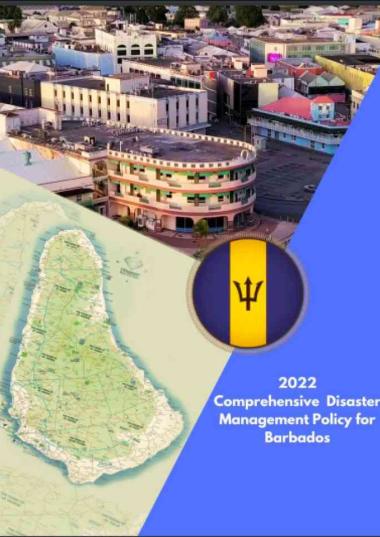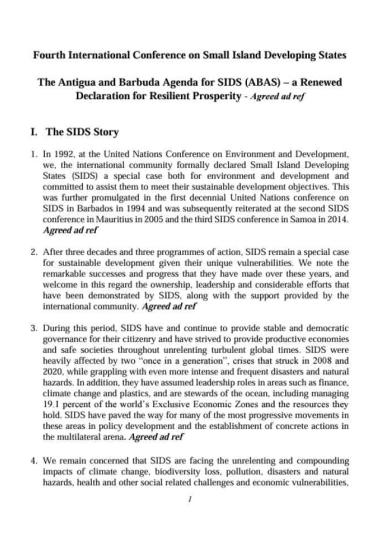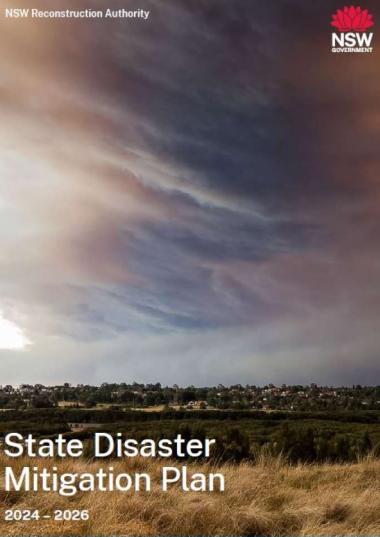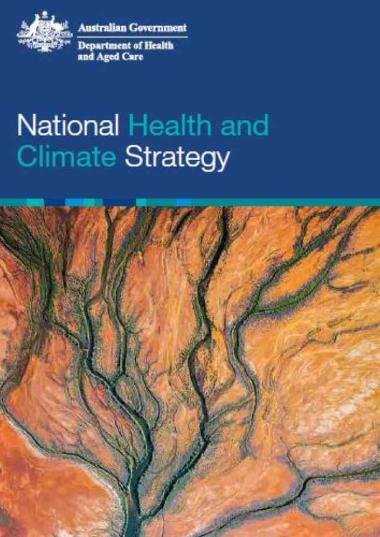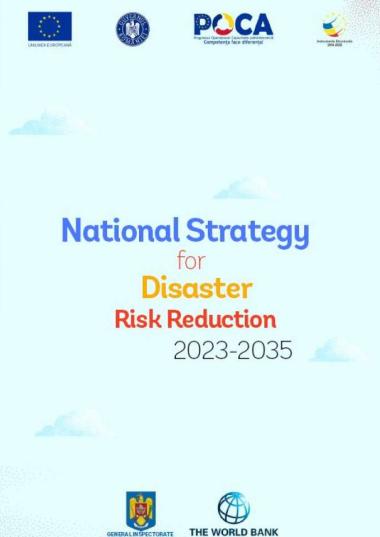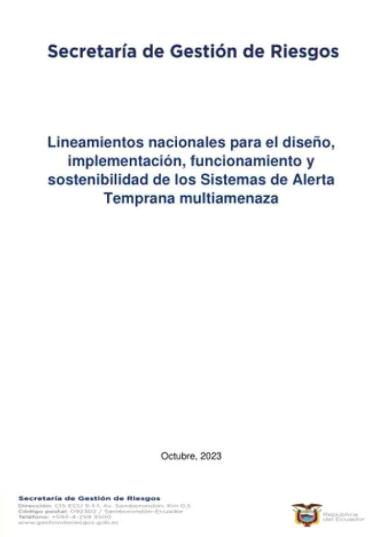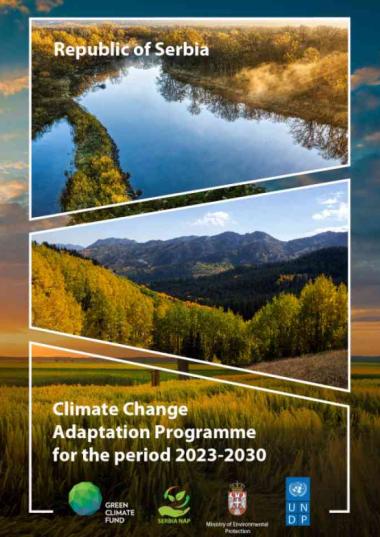
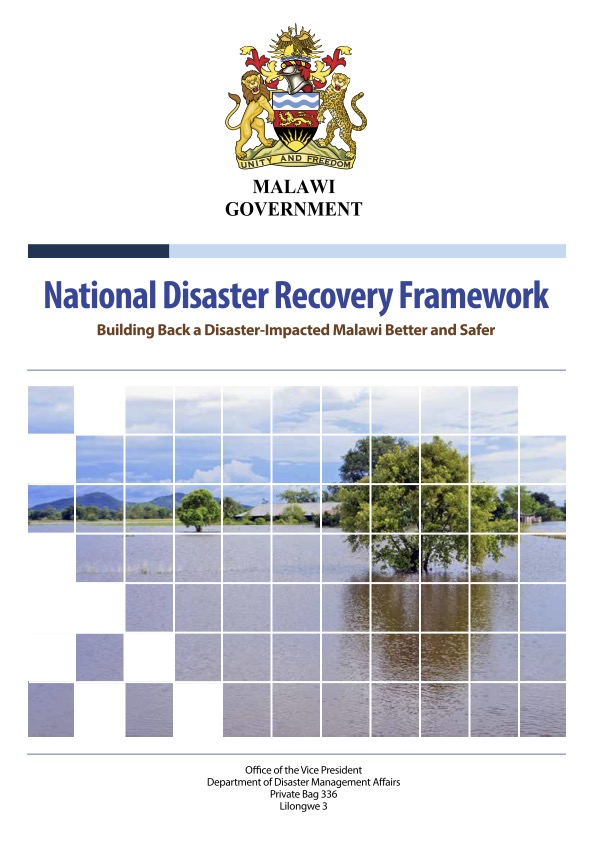
Building Back a Disaster-Impacted Malawi Better and Safer – Volume I (2015)
The floods experienced by Malawi in early 2015 were unprecedented. The impact was far-reaching, affecting 1.1 million people and 17 districts, and killing 106 people, while 172 people were declared missing. The floods indirectly affected many more through secondary effects such as power outages, lack of clean water and market access, and disruption of health and education services. Following the floods, the Government of Malawi, through the Department of Disaster Management Affairs (DoDMA), and with technical and financial support from the European Union (EU), the United Nations (UN) and the World Bank (WB), conducted a Post Disaster Needs Assessment (PDNA). The PDNA estimated damage and losses at US$335 million and it estimated the cost of recovery, and reconstruction needs at US$494 million.
To operationalize the key finding of the PDNA, the GoM initiated processes to develop a National Disaster Recovery Framework (NDRF), with technical support from the Global Facility for Disaster Reduction and Recovery (GFDRR), UN, and the WB, and financing by an Africa Caribbean Pacific - European Union (ACP-EU) grant.
Building back a disaster-affected Malawi better and safer – Volume II: Drought (2017)
In just the last 36 years, Malawi has experienced eight major droughts, affecting more than 24 million people1. The impact, frequency, and spread of drought in Malawi have intensified in the past four decades and are likely to worsen with climate change, compounded by other factors, such as population growth and environmental degradation. In response to unprecedented flooding in 2015 and the prolonged drought in 2015/16, the Government of Malawi (GoM), with technical and financial support from the European Union (EU), the United Nations, and the World Bank (WB), embarked on a process to increase recovery readiness through the development of a National Disaster Recovery Framework (NDRF). The NDRF was designed in alignment with Malawi’s national disaster risk management and recovery policies and strategies. It serves both strategic and operational purposes in the management of a disaster recovery programme. The NDRF was developed in response to the 2015 floods and has evolved to also guide 2015/16 drought recovery efforts under a common framework, providing oversight to implementation and monitoring arrangements.
